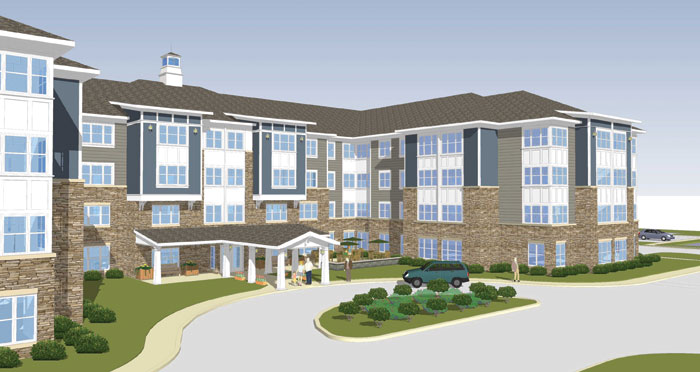The Complete Guide to Investing in Assisted Living Facilities
📚 Table of Contents
- Market Overview
- Why Invest in Assisted Living?
- Types of Assisted Living Investments
- Understanding Returns
- Risks and How to Mitigate Them
- Deal Structures (LP/GP, Syndication, REITs)
- 1031 Exchanges and Tax Strategies
- Due Diligence Process
- Operational Success Factors
- Demographic Tailwinds
- Impact Investing and Legacy
- FAQ
- Conclusion & Next Steps
1. Market Overview
The assisted living sector in the U.S. is projected to exceed $100B in value by 2030. Driven by aging baby boomers, this asset class is both essential and resilient—offering stable returns and long-term growth.
2. Why Invest in Assisted Living?
- Recession-resistant cash flow
- Demographic inevitability
- Value-add and development opportunities
- Social impact with financial returns
3. Types of Assisted Living Investments
Options include stabilized assets, ground-up development, memory care, continuing care retirement communities (CCRCs), and conversions of other property types.
4. Understanding Returns
- Target IRRs: 12%–20% for passive investors
- Equity Multiples: 1.8x–2.5x over 5–7 years
- Preferred Returns: Often 6%–8% for LPs
- Cash Flow: Quarterly or annual distributions
5. Risks and How to Mitigate Them
Top risks include labor shortages, regulatory changes, oversupply in certain markets, and operator performance. Mitigation strategies include operator vetting, conservative underwriting, and market selection.
6. Deal Structures (LP/GP, Syndication, REITs)
Investors may enter deals as Limited Partners (LPs) in syndications, purchase shares in public/private REITs, or co-invest in joint ventures. Most deals involve 70/30 or 80/20 GP splits with preferred returns and waterfall distributions.
7. 1031 Exchanges and Tax Strategies
Assisted living real estate qualifies for 1031 exchanges. Investors also benefit from accelerated depreciation, cost segregation studies, and potentially Opportunity Zone incentives.
8. Due Diligence Process
- Review of financials and occupancy trends
- Operator interviews and references
- Market and competitor analysis
- Licensing and compliance review
9. Operational Success Factors
Quality operators are key. Look for groups with strong compliance records, efficient staffing models, resident satisfaction, and experience navigating Medicaid or LTC insurance programs.
10. Demographic Tailwinds
By 2030, more than 80 million Americans will be over the age of 65. The 80+ population—most likely to enter assisted living—is expected to grow 50%+ over the next decade.
11. Impact Investing and Legacy
Assisted living is more than real estate—it’s people-centered. Investors increasingly prioritize projects that enhance quality of life while generating strong returns, aligning with ESG and legacy values.
12. FAQ
Q: How much capital is required to start?
A: Many syndications start at $50K–$100K minimum investments.
Q: Can I invest through my IRA?
A: Yes—Self-Directed IRAs (SDIRAs) and Solo 401(k)s are common tools.
Q: How long is my capital tied up?
A: Most deals are 5–7 years in duration with quarterly distributions.
13. Conclusion & Next Steps
Assisted living investment opportunities combine financial performance with meaningful impact. Whether you're an HNWI, family office, or first-time passive investor, this sector offers unique long-term advantages.
👉 Ready to explore current investment opportunities? View our offerings or schedule a consultation.






